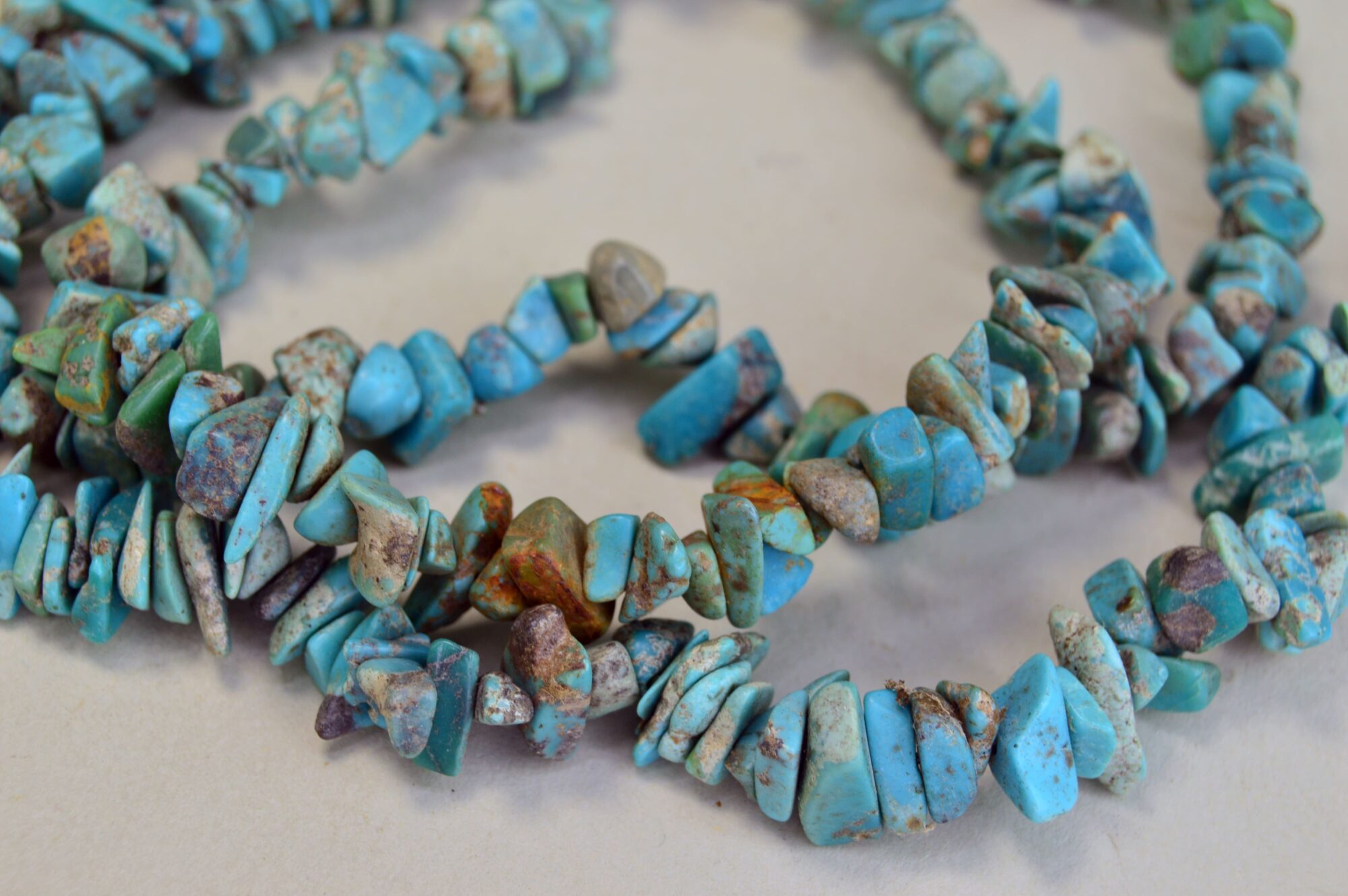
Turquoise: How do I tell real from fake?
Turquoise has been in use for over 6,000 years worldwide. Native people in the Southwest have used turquoise for well over 2,000 years for trade, a spiritual connection and to adorn jewelry.
Turquoise forms in cracks and veins of mountainous rock as water seeps down into the sediment, creating a stone with a more fractious quality, and an overall soft nature. Green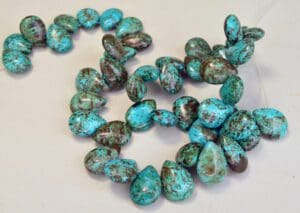

Due to high demand and cost, turquoise is faked (copied) in many ways. Real turquoise is not perfect or consistent. It will break along the matrix (veins), and show consistent color throughout. When you glide your fingernail over real turquoise and its matrix, you should feel indentations along the crack lines. If you try to flake off pieces with your fingernail, you may discover you have Howlite, which is often dyed to look like turquoise. Howlite is softer and will flake more easily than genuine turquoise.
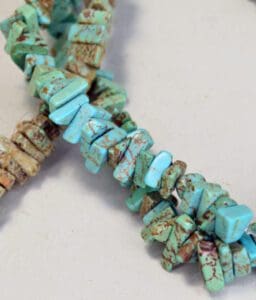

Real turquoise will be heavier than block, or reconstituted material, and the price will be higher. Real turquoise should be set in sterling and not silver plate or copper. Settings in inferior metals are red flags as well. When looking at strands of beads, look into the hole to be sure that the color is consistent with the 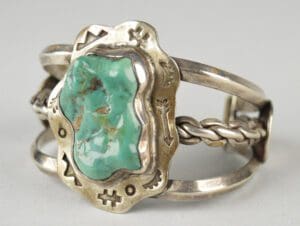

Test your turquoise
To test if a stone is dyed, dip a cotton swab in acetone and rub it on the stone to see if any color comes off. Even just a bit of color means the stone has been dyed.
Remember turquoise composition ranges from a natural nuggets fresh out of the ground all the way to 100% plastic. On the end of the natural scale, turquoise can be stabilized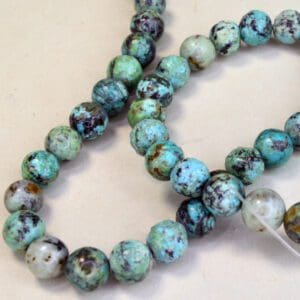

Using the above information will help you develop an eye towards identifying real turquoise from fake. Finally, purchasing turquoise from a trusted and reliable vendor will help assure you that your stones are genuine. Ask them to put in writing what mine the stone came from and its provenance. Turquoise fakes are really good and hard to tell even for the professional, so use as many of the above tricks as you can to reassure yourself that you have done what you can to rule out imposters.
The Little Bull
York Beach, Maine
Items You May Like
